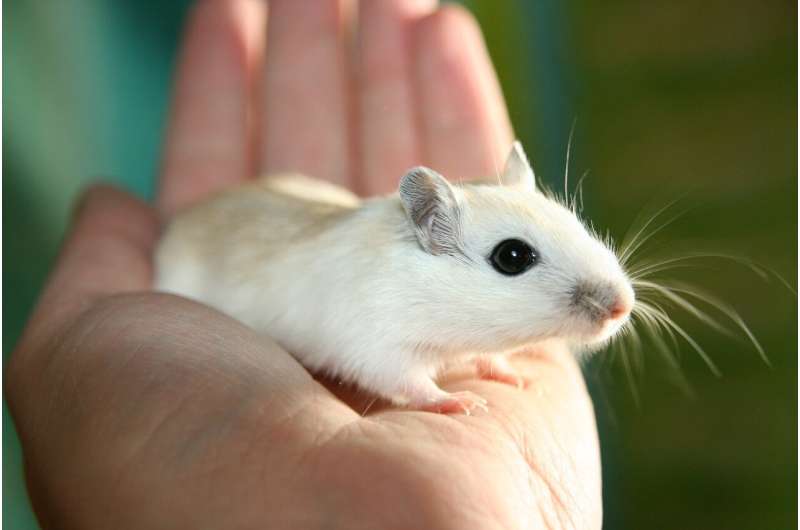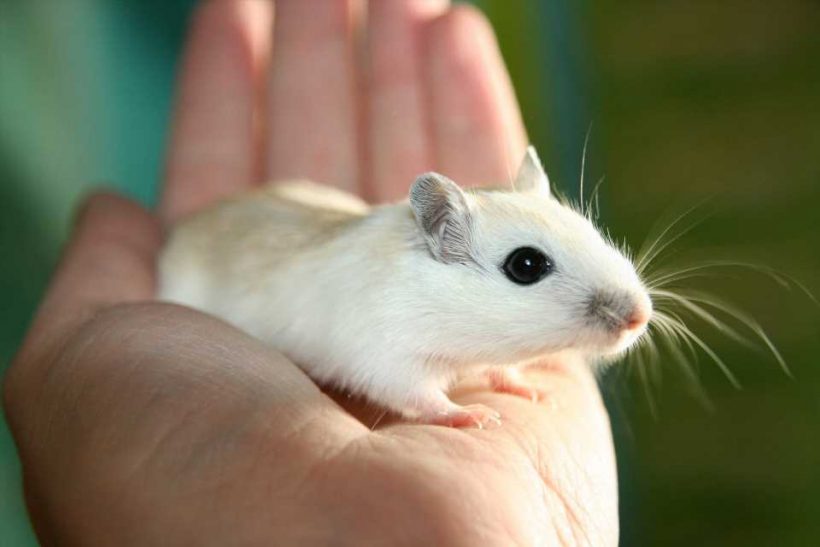
A team of researchers with members from the University of California, San Francisco, and Howard Hughes Medical Institute, also in San Francisco, has found that a certain part of the brain releases dopamine in response to hydration. In their paper published in the journal Nature, the group describes experiments they conducted with thirsty mice.
Prior research has shown that certain parts of the brain release dopamine, a chemical compound, as a means of providing pleasurable feedback to other parts of the brain. It is released during sex, for example, or when a person eats something they like, particularly foods that are sweet or fatty. In this new effort, the researchers have found that another part of the brain releases dopamine—this time when the brain is hydrated.
Noting that many animals have learned to determine which foods contain more water, the researchers wondered if there was a feedback mechanism in the brain prompting them to eat those foods that would provide more water, leading to more hydration in their brains. To find out, they turned to mice.
The experiments involved restricting water in test mice and using technology that allowed them to focus on the ventral tegmental area (VTA) in the brain. In one experiment, thirsty mice were given unlimited access to water for five minutes while the researchers monitored brain waves emanating from the VTA—a means of measuring how much, if any, dopamine was being produced. As expected, dopamine production levels rose as soon as the mice began drinking. But the researchers were then surprised to find that 10 minutes later, the dopamine levels rose again—coinciding with the amount of time it took for the water they had been drinking to reach their brain. The researchers then repeated the experiment but added salt to the water—the second bump in dopamine was much smaller due to the dehydrating impact of the salt.
Source: Read Full Article






